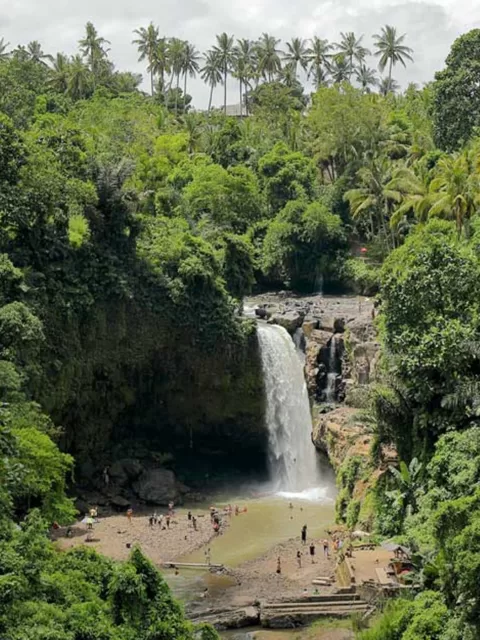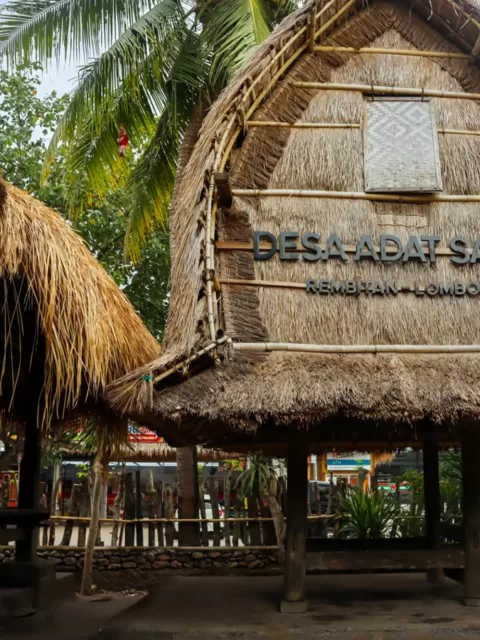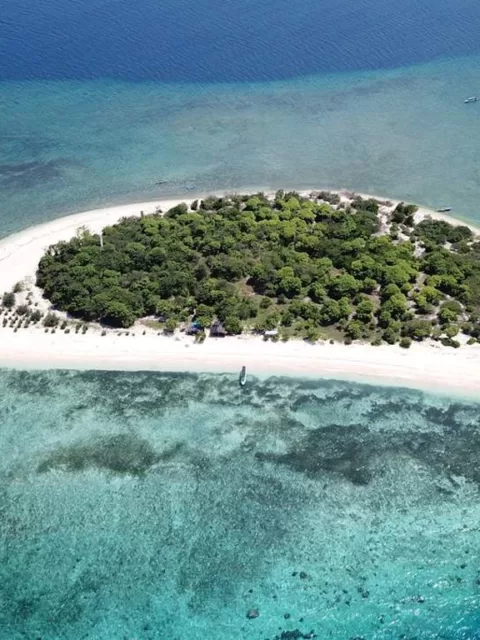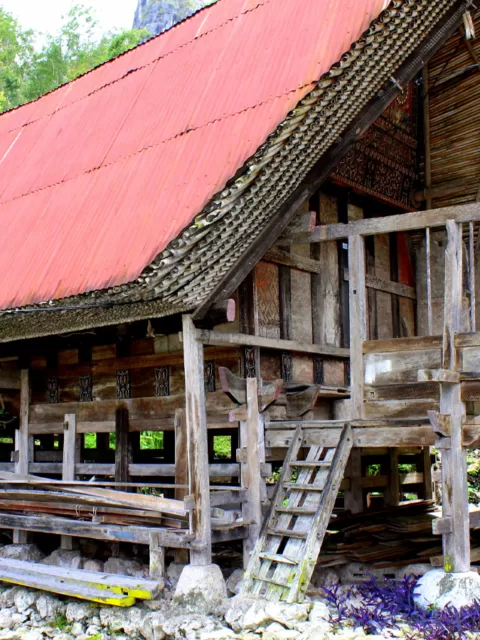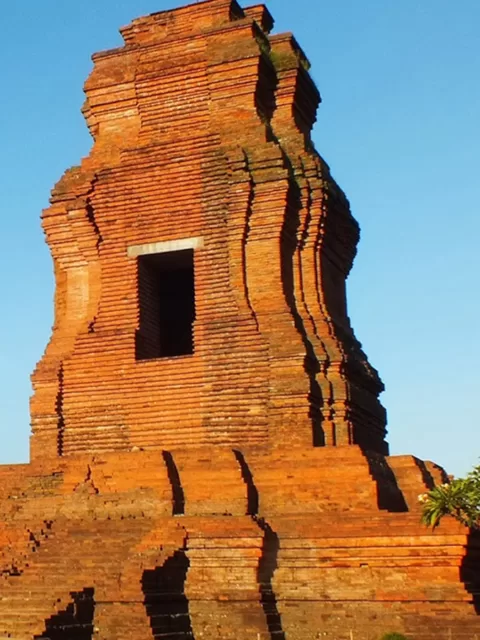Explore the Surakarta Sunanate: A Living History of Java
General Background Information
The Surakarta Sunanate, also known as the Kasunanan Surakarta Hadiningrat, is a Javanese royal dynasty that has reigned over the city of Surakarta, Central Java, Indonesia, for over 300 years. Founded in 1745, the Surakarta Sunanate is one of the most important and influential royal courts in Java, and its rich history and culture continue to fascinate visitors from all over the world.
The Surakarta Sunanate played a vital role in the political, economic, and cultural development of Java. It was a center of learning and the arts, and its patronage helped to shape the distinctive Javanese culture that we see today. The Surakarta Sunanate also played a key role in the spread of Islam in Java, and its rulers were revered as religious leaders as well as temporal rulers.
Today, the Surakarta Sunanate remains a vibrant cultural institution. The royal palace, known as the Keraton Kasunanan Surakarta, is a popular tourist destination, and the Sunanate continues to support traditional Javanese arts and culture. The Surakarta Sunanate is also a symbol of Javanese identity and heritage, and it continues to play an important role in the cultural and social life of the region.
The Origins of the Surakarta Sunanate
The Surakarta Sunanate was founded in 1745 by Pakubuwono II, the son of the Sunan of Mataram. The Mataram Sultanate, which had ruled over much of Java for centuries, had split into two separate kingdoms in 1745, with Pakubuwono II becoming the ruler of the Surakarta Sunanate and his brother, Susuhunan Pakubuwana III, becoming the ruler of the Yogyakarta Sultanate.
The split of the Mataram Sultanate was the result of a long-standing rivalry between the two brothers. Pakubuwono II was supported by the Dutch East India Company, while Susuhunan Pakubuwana III was supported by the Javanese nobility. The two brothers eventually fought a civil war, which ended with the division of the Mataram Sultanate.
The Surakarta Sunanate quickly established itself as a powerful and influential kingdom. Pakubuwono II was a skilled diplomat and administrator, and he was able to maintain good relations with both the Dutch and the Javanese nobility. The Surakarta Sunanate also benefited from its strategic location in central Java, which gave it control over important trade routes.
Royal Palaces and Architecture of the Surakarta Sunanate

The royal palace of the Surakarta Sunanate, known as the Keraton Kasunanan Surakarta, is one of the most impressive and well-preserved royal palaces in Indonesia. The Keraton is a vast complex of buildings and gardens, and it is a reflection of the wealth and power of the Surakarta Sunanate.
The Keraton is divided into several different sections, each with its own specific function. The most important section is the Siti Hinggil, which is the inner palace where the Sunan and his family resided. The Siti Hinggil is also the site of the most important royal ceremonies.
Another important section of the Keraton is the Alun-Alun, which is the outer palace. The Alun-Alun is a large public square where public events and ceremonies are held. The Alun-Alun is also home to the Kyai Slamet and Kyai Guntur gamelan instruments, which are said to have magical powers.
The architecture of the Keraton is a blend of Javanese, Chinese, and Islamic influences. The buildings are made of brick and wood, and they are decorated with intricate carvings and sculptures. The Keraton gardens are also beautifully landscaped, and they feature a variety of plants and flowers.
Cultural Contributions of the Surakarta Sunanate
The Surakarta Sunanate is also known for its unique batik patterns. Batik is a traditional Javanese textile dyeing technique that involves applying wax to fabric and then dyeing the fabric. The wax is then removed, revealing the dyed pattern.
The Surakarta Sunanate has its own distinctive batik patterns, which are often characterized by their intricate designs and bright colors. These batik patterns are used to make a variety of clothing and accessories, and they are also used to decorate royal palaces and temples.
In addition to its contributions to dance, music, and batik, the Surakarta Sunanate has also made significant contributions to Javanese cuisine. The royal court had its own chefs, and they developed a variety of dishes that are still popular today.
Some of the most famous dishes from the Surakarta Sunanate include nasi liwet (rice cooked in coconut milk and spices), gudeg (jackfruit stew), and serabi solo (sweet pancakes). The Surakarta Sunanate is also known for its variety of snacks and desserts, such as gethuk (cassava cake) and klepon (sweet rice balls filled with coconut palm sugar).
Surakarta Sunanate’s Role in Java’s Political Landscape
The Surakarta Sunanate played a vital role in the political landscape of Java for centuries. The Sunan of Surakarta was one of the most powerful rulers in Java, and he had a significant influence on regional and national politics.
The Surakarta Sunanate was also a major economic power. The kingdom controlled important trade routes, and it was a major producer of rice and other agricultural products. The Surakarta Sunanate also had a large and powerful military, which it used to defend its territory and expand its influence.
The Surakarta Sunanate was also involved in a number of dynastic struggles and alliances. The Sunan of Surakarta was often at odds with the Sunan of Yogyakarta, and the two kingdoms fought several wars against each other. The Surakarta Sunanate also had a complex relationship with the Dutch colonial government. The Sunan of Surakarta was nominally independent, but he was also subject to Dutch influence.
Religion and Spirituality in the Surakarta Sunanate

The Surakarta Sunanate was a center of Islam in Java. The Sunan of Surakarta was the highest religious authority in the kingdom, and he was responsible for promoting and protecting the Islamic faith.
The Surakarta Sunanate also played a key role in preserving and promoting religious harmony in Java. The kingdom was home to a diverse population of Muslims, Hindus, and Buddhists. The Sunan of Surakarta promoted tolerance and understanding between the different religious groups, and he helped to create a peaceful and harmonious society.
Modern-Day Relevance of the Surakarta Sunanate
The Surakarta Sunanate remains a vibrant cultural institution today. The royal palace, known as the Keraton Kasunanan Surakarta, is a popular tourist destination, and the Sunanate continues to support traditional Javanese arts and culture.
The Surakarta Sunanate is also a symbol of Javanese identity and heritage. It continues to play an important role in the cultural and social life of the region. The Sunan of Surakarta is still revered by many Javanese people, and he is seen as a guardian of Javanese tradition.
Visiting the Surakarta Sunanate: A Traveler’s Guide
The Surakarta Sunanate is a popular tourist destination, and there are a number of different ways to experience its rich history and culture.
One of the best ways to experience the Surakarta Sunanate is to visit the Keraton Kasunanan Surakarta, the royal palace. The Keraton is a vast complex of buildings and gardens, and it is a reflection of the wealth and power of the Surakarta Sunanate.
Visitors to the Keraton can take a guided tour of the palace and learn about its history and architecture. They can also see traditional Javanese dances and music performed on the palace grounds.

Another way to experience the Surakarta Sunanate is to visit the Museum Keraton Surakarta Hadiningrat. The museum houses a collection of artifacts from the Surakarta Sunanate, including royal clothing, jewelry, and weapons. The museum also has a library of books and manuscripts on the history and culture of the Surakarta Sunanate.
Visitors to the Surakarta Sunanate can also participate in a variety of cultural activities. For example, they can take a batik class or learn how to play the gamelan.
Aside from visiting the Keraton Kasunanan Surakarta and the Museum Keraton Surakarta Hadiningrat, there are other notable sites to experience the living history of the Surakarta Sunanate, including:
- Pasar Gede: This bustling traditional market offers a glimpse into the daily life of Surakarta locals. Visitors can find a wide variety of goods, from fresh produce to traditional handicrafts.
- Fort Vastenburg: This 18th-century Dutch fort is a reminder of the colonial history of Surakarta. Visitors can explore the fort’s ramparts and learn about its role in the city’s history.
- The Radya Pustaka Museum: This museum houses a collection of ancient Javanese manuscripts, as well as artifacts from the Surakarta Sunanate.
- The Mangkunegaran Palace: This palace was once the residence of the Mangkunegaran royal family, who were rivals to the Sunanate. Visitors can take a guided tour of the palace and learn about its history and architecture.

Additionally, visitors can immerse themselves in the Surakarta Sunanate tradition by attending various festivals and events, such as:
- Sekaten: This annual festival commemorates the birth of the Prophet Muhammad. The festival features traditional Javanese music and dance performances, as well as a large market.
- Solo Batik Carnival: This colorful parade showcases the intricate batik designs of Surakarta. The parade features elaborate costumes, music, and dance performances.
- Solo International Performing Arts Festival: This festival brings together performers from all over the world to showcase their traditional arts. The festival features a variety of performances, from traditional dance to contemporary theater.
- Grebeg Maulud: This annual festival celebrates the birth of the Prophet Muhammad. The highlight of the festival is a procession of gunungan, or cone-shaped rice mountains, which are carried through the streets of Surakarta.
Conclusion
The Surakarta Sunanate is a fascinating and important part of Javanese history and culture. The kingdom has played a vital role in the development of Javanese arts, culture, and religion, and it continues to be a symbol of Javanese identity and heritage.
Today, the Surakarta Sunanate is a popular tourist destination, and visitors can experience its rich history and culture by visiting the royal palace, museums, and other historical sites. They can also participate in a variety of cultural activities, such as batik classes and gamelan lessons.
The Surakarta Sunanate is a living testament to the rich and vibrant culture of Java, and it is a must-visit for anyone interested in learning more about this fascinating island.





